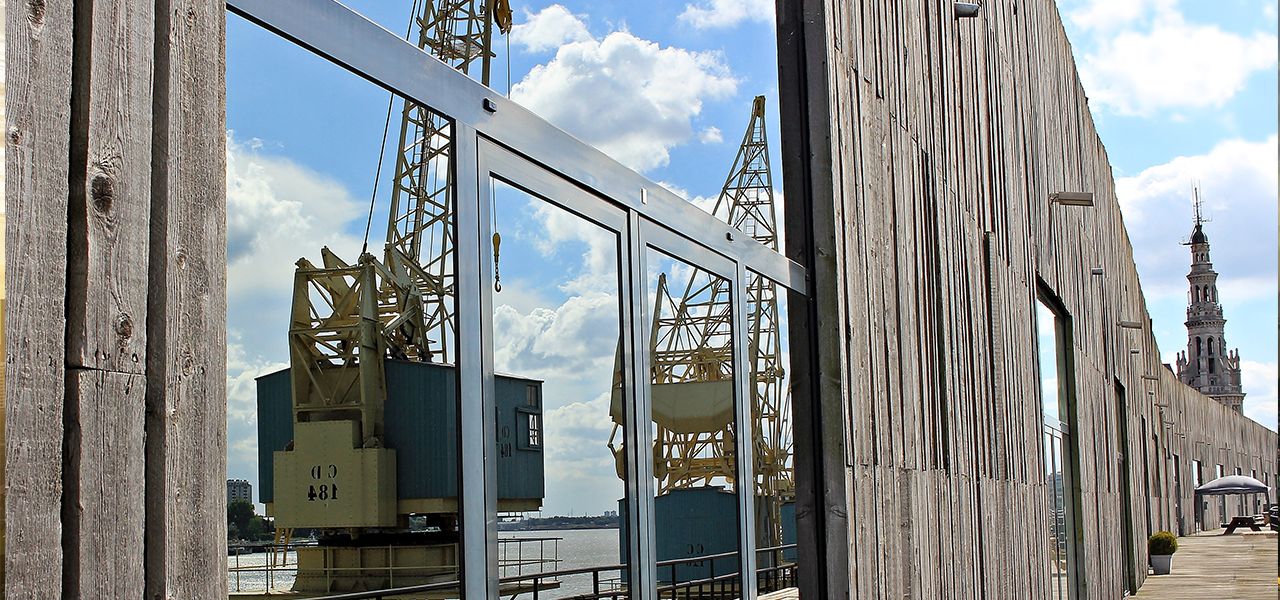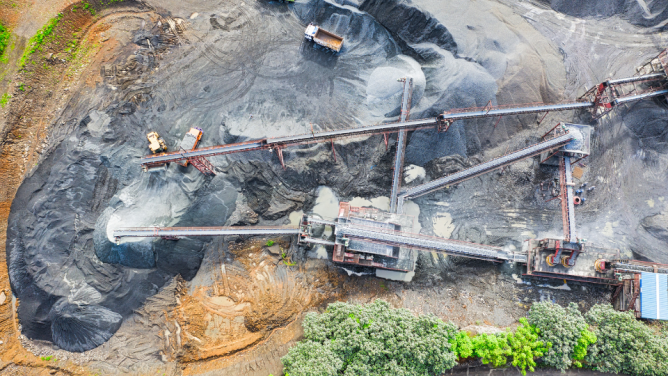
In France, wooden buildings represent around 10% of the market, compared to 15% in Germany and 35% in Scandinavia. For multi-unit housing, this drops to 4%[1]. For a material that’s rarely used, there’s a stark contrast with how widely available it is. 29% of France[2] is covered in woodland, making it the fourth European country behind Sweden, Finland and Spain. Developing the sector is a central issue for businesses and governments alike. In light of this, in September 2017 in Bordeaux, the Woodrise Congress put emphasis on practices aimed at developing mid- and high-rise buildings.
The technology is there and it’s gaining ground
Wood is no longer limited to extension projects or self-builds. As environmental and population density issues arise, wooden buildings have really taken off. When facing its competitors, the raw material truly holds its ground. Light and wieldy, it’s renewable, it acts as a carbon sink and is the perfect answer to our modern biophilia needs – or rather, humans’ innate tendency to live close to a natural environment. Wood is also adapted to prefabrication in a factory, promoted by the whole modular architecture trend which promises to reduce pollution from building sites and in-situ construction time. More and more businesses are attempting to make the most out of wood’s qualities, just take Woodoo, who have been all over the media. They see it as the material of the future, transforming it to create a surprising product. Thanks to a method of lignin-extraction and injecting a special “bio-sourced” resin, the new company has created a translucent wood that’s extremely resistant, promising that cities of tomorrows will be “built from wood”.
In the short term however, structural constraints relating to resistance are diminishing as new technology such as CLT (cross laminated timber) arrives on the scene, meaning wood can scale new heights that were once thought impossible several years ago. Currently under construction, the Mjøstårnet project in Norway should reach 81m high, beating the Brock Commons student residence in Vancouver, the current record holder at 53m. A quick look at the Wikipedia page for the world’s tallest wooden buildings (completed or planned) shows that that world record won’t last long, with many record-breakers expected in the years to come. Sumitomo Forestry’s W350 tower is currently the most ambitious project on the list. The company’s branch dedicated to providing wood to the biggest Japanese businesses has revealed plans to build a 350-meter high tower made of 90% wood, a sheer show of force that also responds to the archipelago’s seismic constraints.
A market in construction
If technology is no longer the blocking point, all that remains doing is structuring this rather niche market. And this is where the state and local authorities play a central role, by welcoming a more environmentally-friendly construction industry that favors the use of wood. In this regard, the new E+C- certification label has come to light, designating positive-energy buildings that have a low carbon footprint, and encouraging the transition towards more environmentally-friendly building materials. The same goes for huge open tenders such as Réinventer Paris, or calls for interest such as the Canadian Government’s Green Construction through Wood (GCWood) Program, that are pushing wood to the forefront via their ambitious projects. In the wake of such transformation, major corporations are getting in on the action, investing in names in the wood industry or creating their own subsidiaries. With its branch dedicated to wood, VINCI has followed suit, making Arbonis its priority. And we already have them to thank for some wonderful constructions, such as the Cité du Vin in Bordeaux, who’s spruce and Douglas fir laminated timber structure reaches 50 meters in height!
[1] http://www.creahd.com/sites/default/files/upload/ressources/construction-lgts-sociaux-collectifs-bois-ush-mars2015.pdf
[2] http://www.evb.lacsq.org/fileadmin/user_upload/microsites/eav-evb_internet/documents/trousses-et-activites/forets-du-monde/fiche_8_2.pdf


